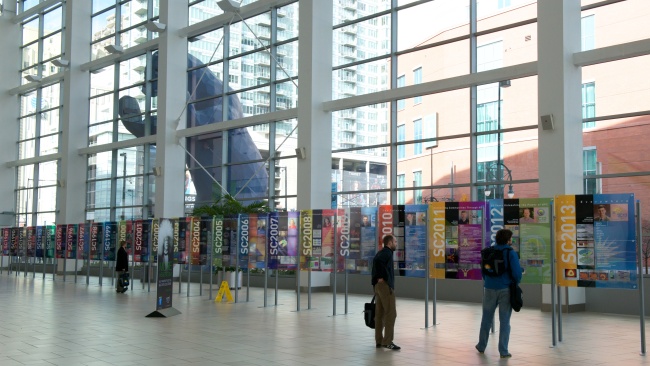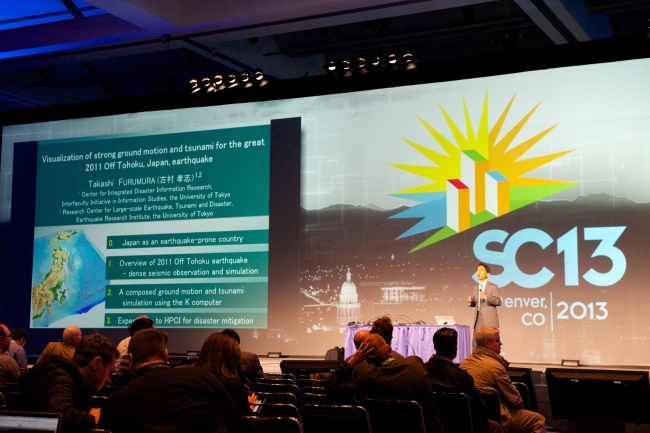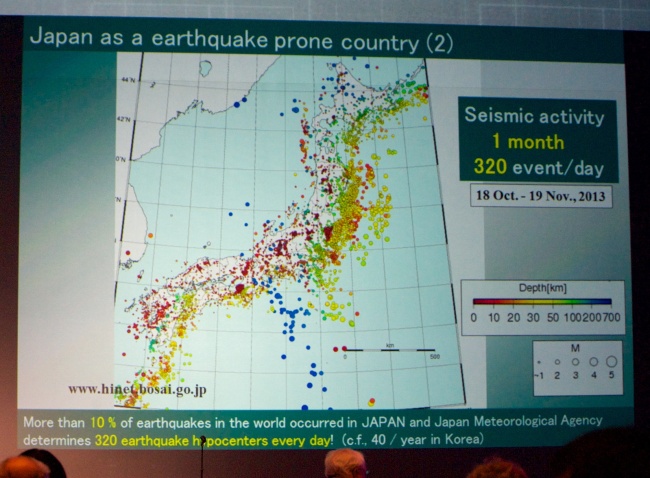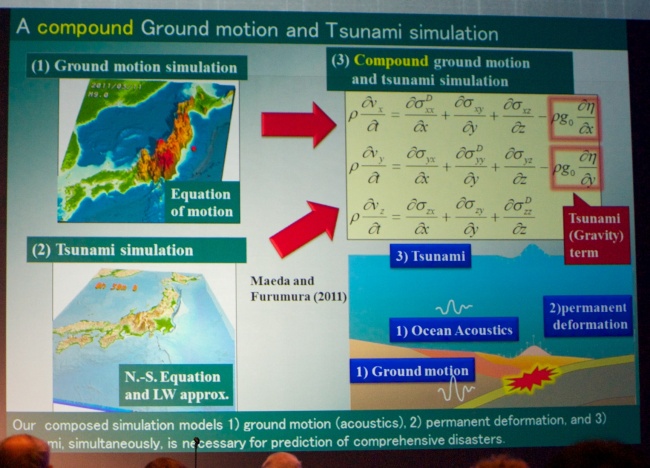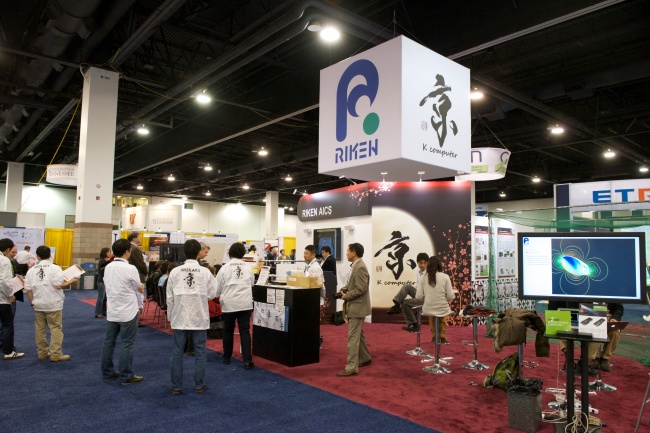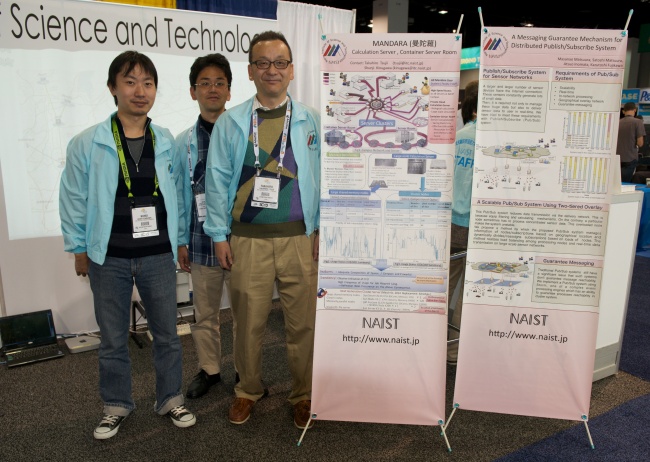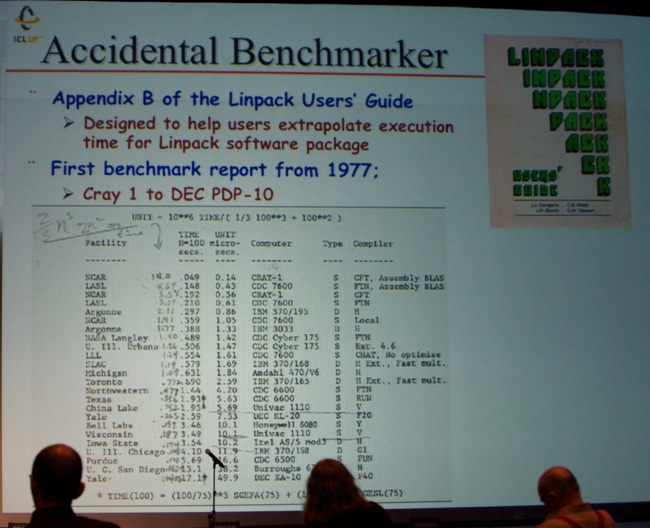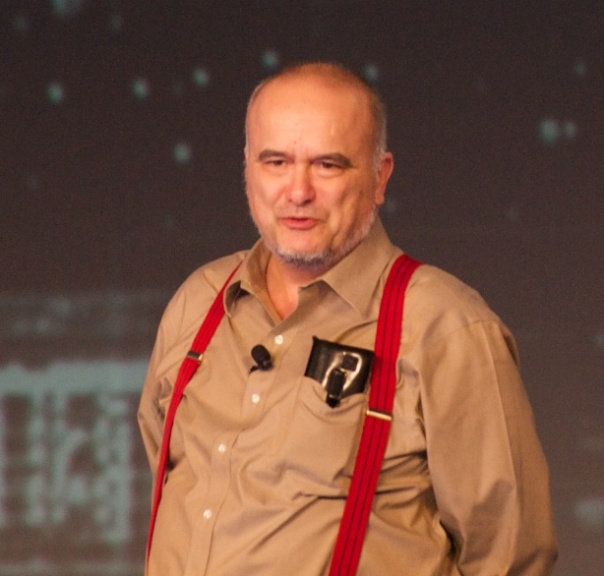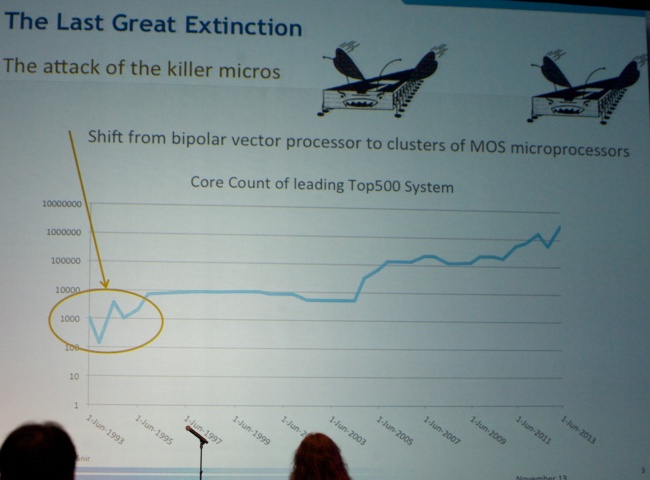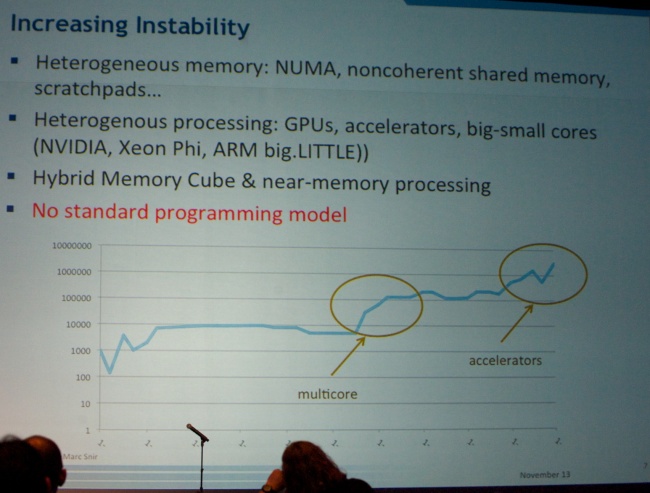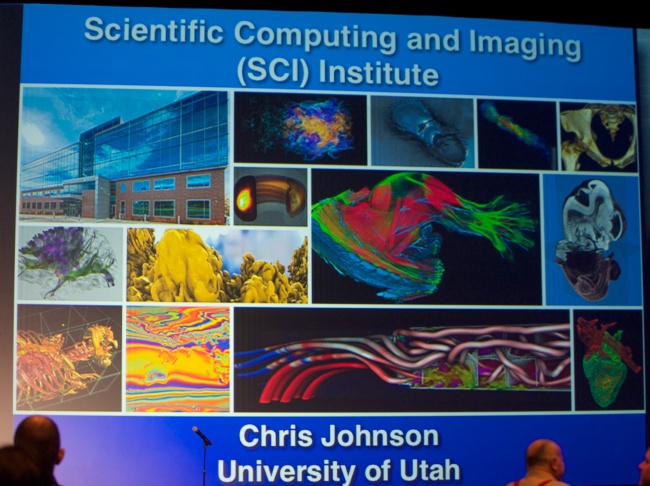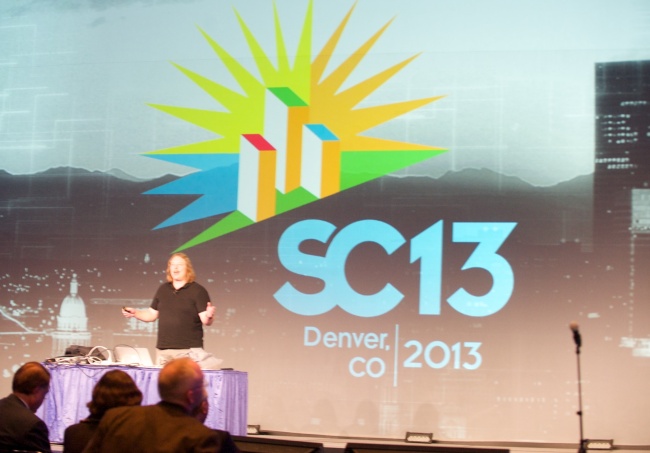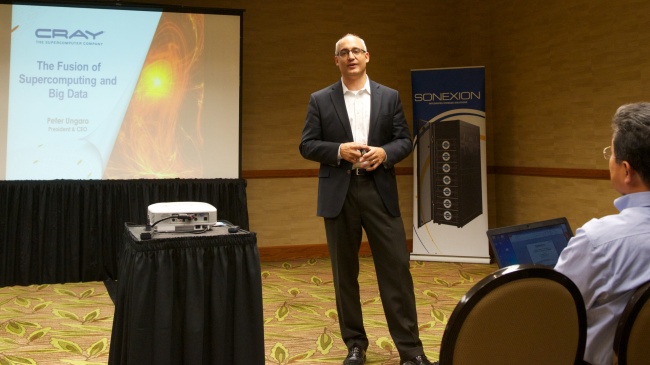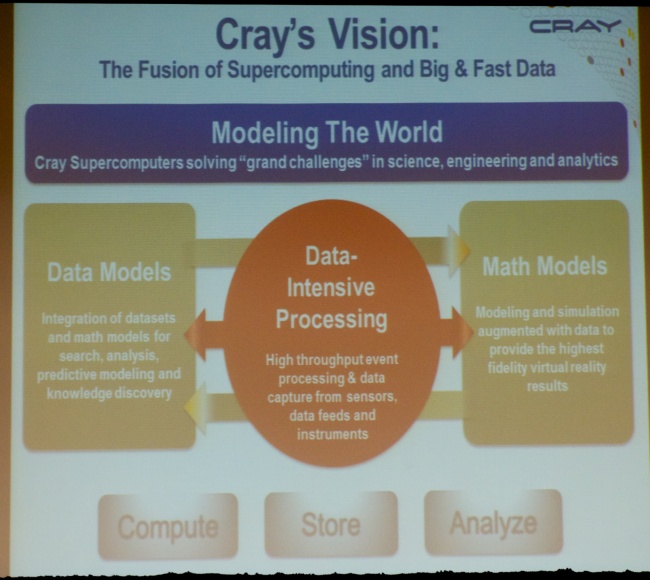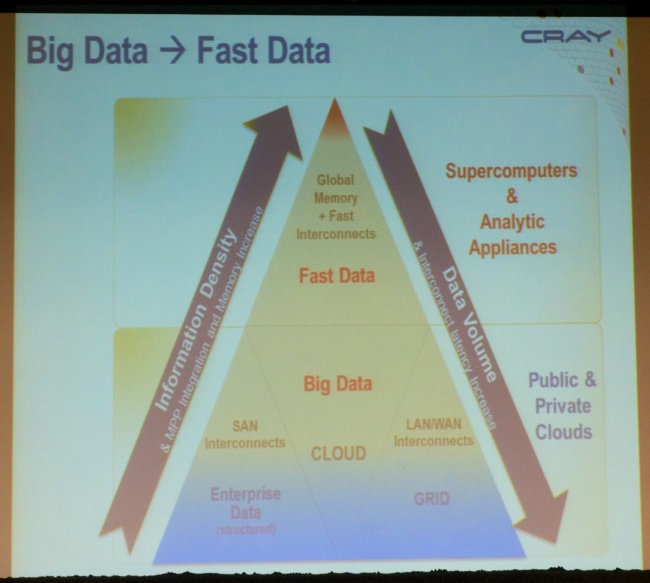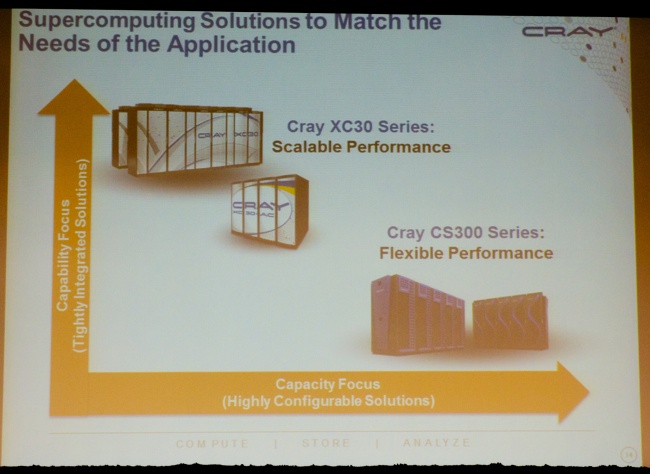Ferdinand Casier (@FerdiCasier, Agoria) opened the event – organized by Agoria in cooperation withFebeg and Synergrid – focused on Big Data in the energy sector. First, Christophe de Clercq (@ChriDeClercq, Customer Service Manager at Eneco, see picture below) gave a talk titled “Data is the new Oil”. He shared his experience as a manager of the customer contact center. In many industries, the customer contact center is the primary or even only communication channel with customers. Hence, it’s important to leverage the information obtained through this channel.
Next, Vincent Keunen (@VincentKeunen, CIO at Lampiris) took the floor. He discussed data collection of smart meter data. This allows for real-time followup of energy consumption. Lampiris uses KairosDB on top of Cassandra to store and visualize time series data in true “big data” fashion.
Next, Tom De Cordier (Councel at Allen & Overy, see picture below) discussed compliance with data protection laws. When listening to lawyers, leveraging big data in Europe will be tough due to new legislation to be passed soon.
Next, Philippe Mol (Project Engineer at Maintenance Partners, part of Mitsubishi Heavy Industries, see picture below) presented a nice tool (Wintell Health Monitoring). Maintenance Partners uses data mining to monitor wear and tear in wind turbines, and to industrialize predictive/preventive maintenance.
Next, Bernard Flament (Head of Technical Services at Prayon, see picture below) presented his talk titled “Industrial Big Data: Graveyard or Goldmine?”. Since 2000, engineers at Prayon Engis developed a data architecture to record industrial process data. Last year, they achieved 1 million EUR in recurring energy savings by providing an information feedback loop to operators, and by propagating best practices on how to operate industrial machinery.
Next, Els Descheemaeker (@edescheemaeker, innovation manager at Essent.be @Essent, see picture below) presented a great talk on the opportunities of open data (#opendata). She discussed their appsforenergy event – a co-creation event for developers, students and young professionals. They want to inspire and invite other companies to open up data, so that it can be combined to the benefit of consumers and other organizations.

 Finally, Imre Vanhemelryck (Data Scientist at Electrabel – GDF Suez Group, see picture below) presented his talk “From Big Data to Big Opportunities for Utilities”.
Finally, Imre Vanhemelryck (Data Scientist at Electrabel – GDF Suez Group, see picture below) presented his talk “From Big Data to Big Opportunities for Utilities”.
Below, you find a list of upcoming Agoria (@AgoriaNL, @AgoriaFR) events in the same Big Data series. See you at one of the next events.


















































































